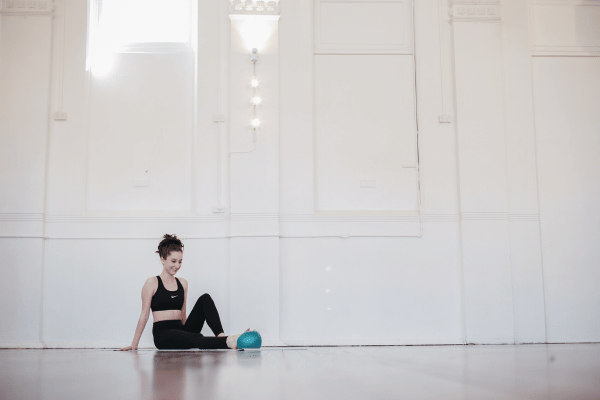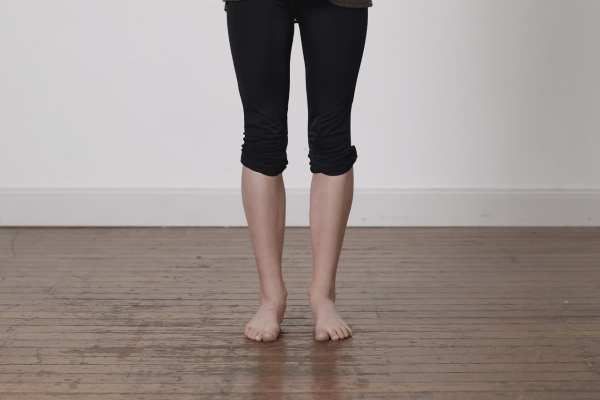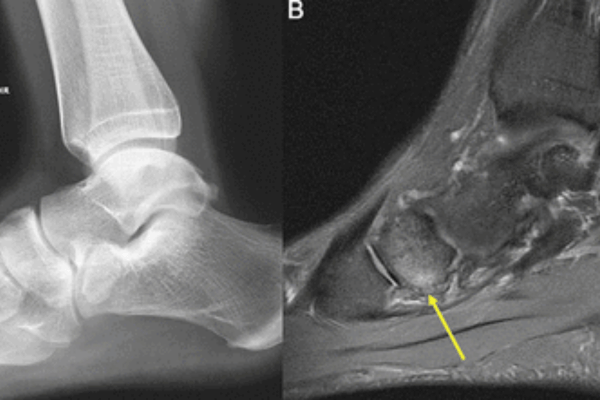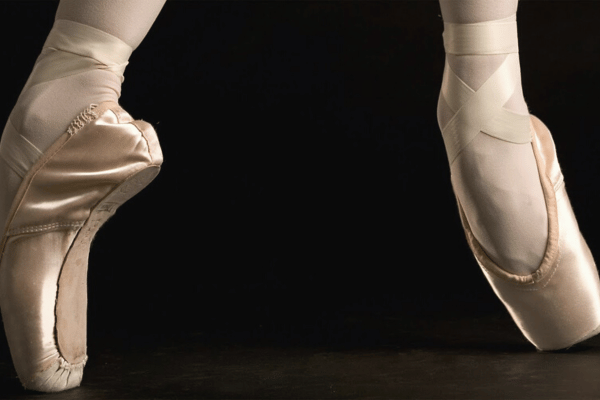- Free Articles
- Shop
- Workshops
- The Dance Educator Series
- Upcoming Workshops
- Workshop FAQ’s
- Host Application Form
- Student Workshop Application Form
- Dance Teacher & Health Professional Directory
- Workshop Testimonials
- Members Areas
- Cart
- My Account
The start of the year always is crazy time for dance teachers and physiotherapists who have so many students trying to fit in their pre-pointe assessment before dance classes start back at the end of January. Unfortunately there are many who are disappointed, as they still have a lot of work to do before actually getting their pointe shoes! The assessment process is really very valuable to see how ready each dancer is, and what things they need to work on to actually become fully prepared for pointe work. One of our biggest focuses is on improving the advice and education that we make available to dance teachers to help them prepare their students better, before the assessment. So I have collected together answers to some of the most common questions that we get.
1. When should I start preparing my students for pointe work?
We recommend that preparation for pointe work begins at least a year before you intend on taking the student to get fitted for their shoes. It is also a good idea to have a students first pre-pointe assessment a year before they are due to start en pointe, to see what areas need to be specifically targeted, so that the students can then spend that year correcting all of these essential elements before they get their shoes. This simple process can help prevent up to 90% of the common frustration, issues and injuries that commonly occur when students start en pointe such as:
- Not being able to get up onto their box
- Keeping knees relaxed en pointe
- Not being able to hold turnout en pointe
- Pain at the back of the ankle
- Falling off pointe
- Poor control of the spine and pelvis en pointe
- Not working through the shoe correctly
- Blisters
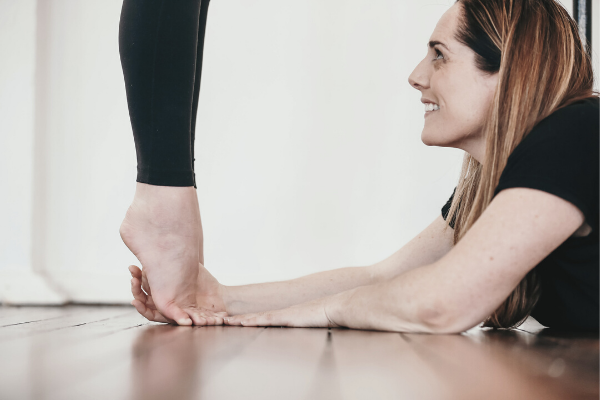
2. How do I know if my students are ready for pointe?
|
The decision to go onto pointe is not a light one and many factors must be taken into consideration; including the student’s basic ballet technique, specific strength and mobility of the feet and ankles, turnout and core control, maturity and bone development. Students should be taking at least 3 ballet classes a week for at least a year before starting en pointe, so this is a great time to see the commitment of the students who are serious about it, and those that are not! Students should undergo a personalised assessment, either done by their dance teacher or a health professional who specialises in working with dancers. This process is also a great learning experience for students already en pointe to highlight any areas that need attention, or to improve aspects of their technique. |
Additionally, we have created a course that teachers can use to do this assessment themselves called “The Perfect Pointe System” which is a distillation of the process that we go through in the clinic. This teaches dance teachers a simplified screening process to take the guess work out of knowing when a student is really ready.
3. What exercises can my students do to work towards being ready for pointe?
The most important exercises to work on will depend on the weaknesses highlighted in each student’s individual assessment, but usually include single leg calf rises, and exercises for improving the articulation of the front of the foot, to allow a smooth transition up onto, and lowering from pointe.
One of the biggest causes of injuries when students start en pointe is this lack of articulation through the forefoot, and this can be seen most when performing tendus without ballet slippers on. I discuss the mechanics of how the foot should work in a tendu in the following video:
Or you can view a special post on everything involved in a performing the perfect tendu by clicking here.
Stability on the outside of the ankle is often poor in young students, and exercises such as rises with a resitance band (see video below), can help them develop the strength and control of the ankle needed for pointe work.
Turnout range and strength, as well as core control are other areas that often need specific attention before starting en pointe. Many more tests and exercises to help with the progression onto pointe can be found in The Perfect Pointe Book.
4. What can happen if my students are put en pointe too early?
There are many photos online of older dancers with bunions, deformed toes and blisters from starting pointe either too early, or without the strength to maintain good foot control en pointe. Correct preparation and constant revision of basic technique en pointe can help avoid most, if not all of these issues.
Common injuries that can occur from not articulating and strengthening the feel correctly can include:
- Bunions
- Achilles Tendinopathy
- FHL Tendinopathy
- Ankle Sprains
- Pain Across the Front of the Foot
- Posterior Impingement
- Stress Fractures
Injuries from weaknesses or imbalances around the hips and back include:
- Lumbar Stress Fractures
- Tight Hip Flexors
- Anterior Hip Impingement
- Snapping Hip Syndrome
- Groin Strains
All of the dance conditioning programs that we have developed have been created due to the injuries that we see in our clinic, and are based upon correcting the issues and weaknesses that lead to these injuries, before they develop!
5. Is there any other advice you would offer to teachers preparing their students for pointe?
| Don’t rush it!!!! Making sure that every student has all of the strength and mobility requirements (especially pointe range) to start en pointe does make it a lot easier to work with them en pointe. I also run all students through some preparatory exercises in their new shoes (on flat) before they even start rising (as shown in the My Beginner Pointe Program). This really helps them develop the proprioception and control needed to master control of their pointe shoes.Regular reviews of the “Pre-pointe Assessment” are also helpful to maintain a strong focus on their alignment and control. Please do not be scared to pull a child back off pointe if they have lost strength due to time off or an injury, as this will help them get back to full strength faster. It is a great motivator for other students to keep up with their exercises! |
I am also very strict with the rule of spending at least 3 months at the barre when first en pointe, and believe that a student should have her pointe shoes for at least a year before attempting any solos en pointe. Far too often I hear stories of students getting their shoes so that they can dance en pointe in their end of year concert. This is NOT a good idea and not only makes the child’s performance suffer, but can encourage incorrect motor patterning to be developed that can be very hard to break.
If you would like more information regarding how to best prepare yourself or your students for pointe click on 'The Perfect Pointe Book' banner below. Purchasing the online edition will give you access to the online videos and Ebook. If you would like to purchase the hardcopy edition, please do this through our Amazon store. If you are a dance teacher or health professional who would like to master the art of a pre-pointe assessment, learn how to prevent injuries on pointe and more, take a look at our Pointe Intensive Workshop!



